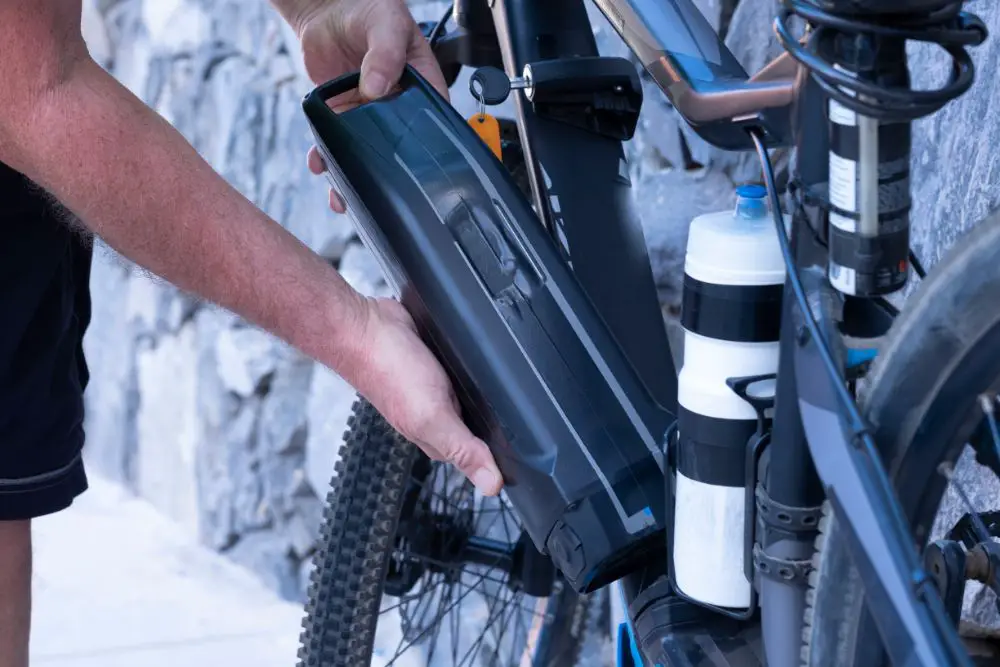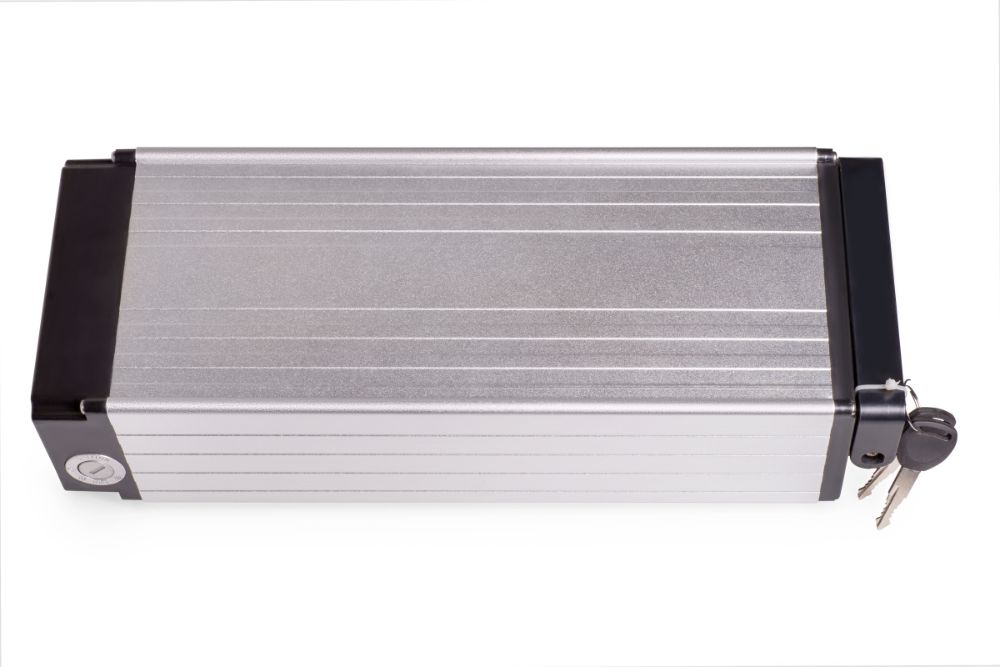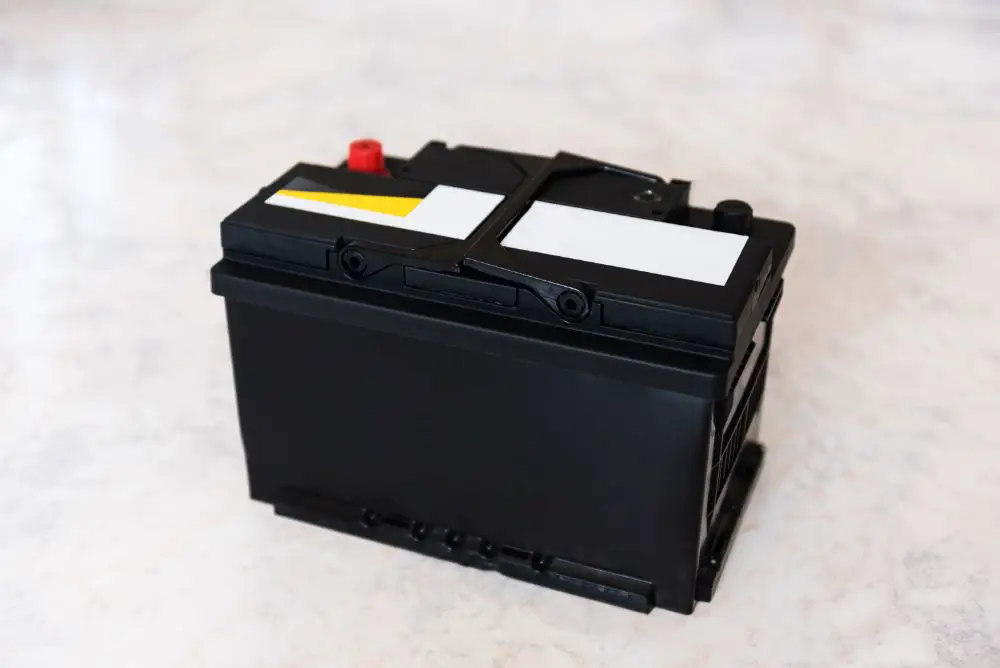
From Ancheer to Ecotric to Macwheel, a quick survey of the top-selling high-performance electric bikes on Amazon will give you one clear answer; they all use 48-volt batteries.
Now, if you are like me and not too much of a technical buff, you might think, “well, 48V must be better than 24V or 36V; the number is higher silly!” and stop there.
But have you ever wondered why it is all 48V? Why not higher (let us say 60V, for argument’s sake)? It turns out that there are some very specific reasons why electric bikes do not have batteries with higher voltage, and the story is quite interesting.
Secondly, it is easy enough to say that 48V is better than 36V, but how much better? And in what sense? Is it a comparison of battery power? Does it refer to their life? Capacity to hold a charge?
Well, hopefully, by now, I have piqued your interest in the topic, so let us get down to the brass tacks and discuss the benefits of a 48-Volt battery for electric bikes.
48-Volt Battery for Electric Bike: Understanding the Lexicon
Before I dive into some more technical stuff, let us first understand what all those markings on a bike battery (or any battery for that matter) mean.
Volt
A volt is nothing but a measure of the potential energy that a battery holds. It is the reservoir of energy in which you dip to run your bike’s motor. It is symbolized by a “V.”
Watts
A battery is essentially a reservoir of potential energy generated due to the chemical reactions happening inside it. This chemical energy gets converted to electrical energy (or current), which flows through wires to power a motor.

Watts measure power. When one ampere of current flows through one volt’s potential, the work done is equal to a watt. A horsepower is a bigger unit of power; it is equivalent to 745.7 watts.
Watt-Hours
Watt-hours are nothing but the among of work done by a battery in one hour. They help understand how efficient the battery is.
Ampere (Or Amp)
Amps are a measure of the strength of the electrical current. Amp-hours, much like watt-hours, are how much current flows during one hour.
Why Is a 48V Battery Better Than a 36V One?
By now, hopefully, you would have understood that the voltage of a battery decides how much power it holds within itself. That is why a 48V battery is better than a 36V battery or a 24V battery – it holds more power.
Now, why is power important, you might ask? Well, if you notice, at the start, I mentioned that high-performance bikes use 48V batteries. Over the years, the definition of what is high performance for an electric bike has changed drastically.
Today’s high-performance bike batteries run not just the bike but also LCD systems, auxiliary systems, and many other things. Apart from that, rider ambition has grown for better mileage, better speed, and more power.
Why Don’t We See a 200V Battery In Electric Bikes?
The above discussion may answer the question as to why 48V batteries are better than 36V or 24V batteries, but then, why don’t we see batteries with 200V? Let’s get to that in a bit, but first, let us understand the flip side of power: safety.

SELV Requirements
SELV (Safety Extra Low Voltage) requirements are safety requisites that limit an electrical circuit’s Voltage output. A SELV-compliant circuit is a secondary circuit (one disconnected from a power outlet) whose maximum voltage output does not exceed 60 Volts.
48V batteries have a distinct advantage in being perfectly placed to remain just below the threshold 60V limit as defined above. You can easily set up the battery’s maximum output to 120% of the nominal output, which caps it off at 57.6V.
SELV compliance is the single most important reason that e-bike batteries do not go above a 48V output.
Cost-Effectiveness
Now don’t get me wrong, just because a battery does not meet SELV requirements does not mean that we can’t use it in an electric bike.
The problem is that batteries that are higher than 60V in nominal output become too expensive, and the bike loses its value proposition. You have to put in special cabling and wiring and meet stricter safety standards, all of which costs a lot of money. This money gets translated into higher prices for the end consumer.
Another aspect to cost, a technical one – putting together four 12V batteries (which are already standard fare for the commercial vehicle industry) is a lot easier than building a non-multiple of 12V (Such as 52V or 42V). All you need is to put together four of these batteries together, and voila!
Compatibility with Latest Technology
Many new technologies are being built today around batteries, such as regenerative braking, load point optimization, electrical torque support, and a smoother start/stop engine. All of these are being built around 48-volt lithium-ion batteries for electric bikes as the standard unit. So if you want a future-ready battery, choose a 48V pack.
Lower Transmission Losses
There is a loss of energy in any electrical system. This loss happens due to resistance whenever a current passes through a wire. The higher operating voltage of a 48 Volt battery as compared to a traditional 12V or 24V battery reduces transmission loss due to resistance, giving you more juice for your bike.
Lower Weight
We discussed how 12V batteries are put together in sets of four to make a 48V battery. It turns out that there is another advantage of this configuration – The 12V batteries are very light. Even though four times heavier than a 12V battery, the resulting battery pack is still very light.
Now, I don’t need to tell you that the lighter your battery, motor, and other parts of the bike, the better is its performance on the road.
Wrap Up
I hope that you would have understood the benefits of a 48-volt battery for electric bikes by now. 48-volt batteries are the future, and nearly all technological innovation today is centered around them. 48-volt batteries give an optimal sweet spot between power, size, and safety standards.





